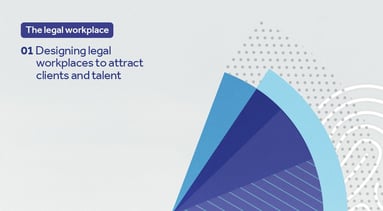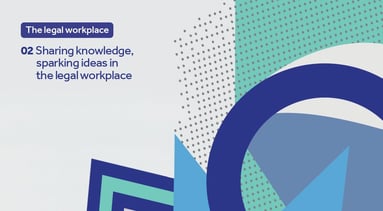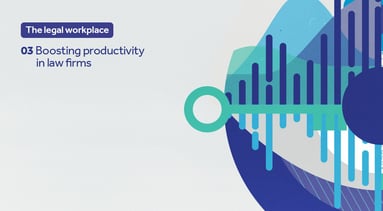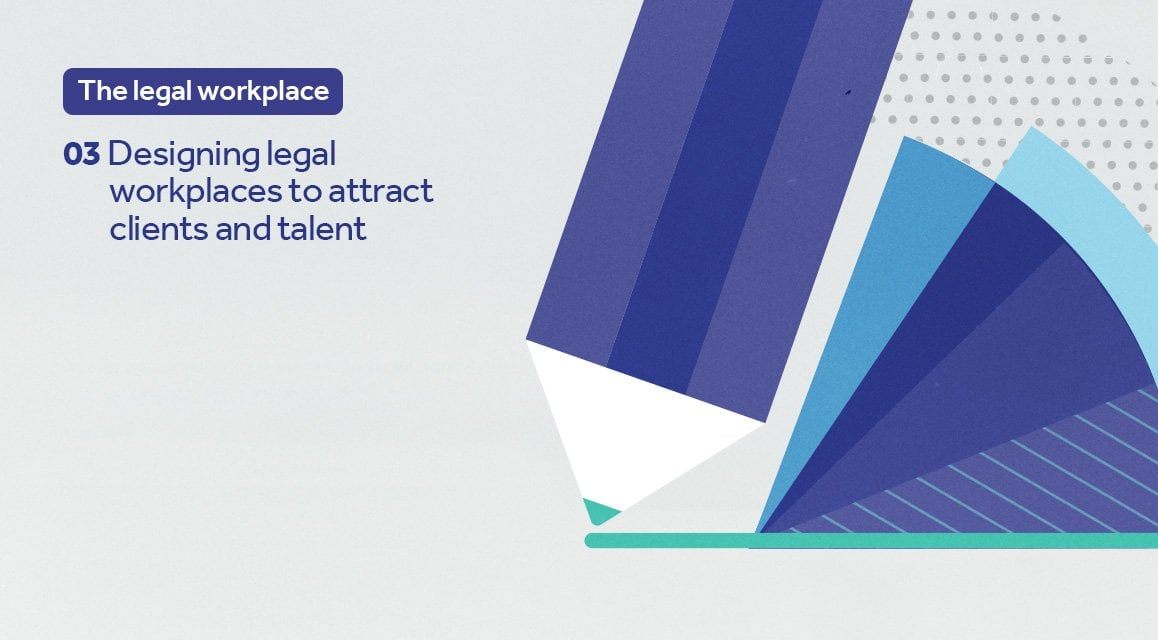
Understanding the power of branding can make all the difference to your competitive edge and your ability to attract the clients, work and candidates you want. So how does your brand translate into your offices?
There was a time when a law firms’ offices were designed simply to impress the client, and even indicate wealth greater than the client’s own. If a law firm can spend so much on its interiors, it must be doing well – and it must be doing well because it does a great job for its clients, right? Thankfully, this is now a largely outdated view.
Nowadays, law firms are looking for a closer ‘fit’ with their clients. Attracting the right type of client, in the right location or sector, with the right type of work, is vital for securing those mutually rewarding, long-term relationships that can be the life-blood of commercial firms.
“In today’s legal markets, corporate or consumer, many law firms look and feel the same. There is very little differentiation – they are often completely interchangeable, offering similar services, delivered by similar lawyers, to similar clients, from similar offices, charging similar prices and promoted through similar websites.” – Kevin Wheeler, LexisNexisi
To achieve that ‘fit’, a law firm needs to know exactly what image to project – and this is a fine art. In fact, this art is called ‘branding’. Although many people think branding is about logos and websites, in reality it goes far deeper: it’s the very heart of who you are, what do you, why you do it, how you do it, and who you do it for. Getting this right will draw in the right clients and the right talent, and will create distinctiveness in the market. It also saves time, money and hassle by helping avoid the wrong talent, clients and work.
Your brand and your workplace
The brand you create must resonate at every single ‘touchpoint’ where you encounter current and potential clients and recruits. That can mean your logo and website, of course, but it also includes the way your people talk about where they work, and your offices.
The potential for disconnect and confusion is obvious. To make an extreme and simplistic point, you wouldn’t build a brand appealing to investment bankers and then offer them a seat on an orange beanbag. Of course, nothing is ever that obvious or simplistic; usually, it’s about real subtleties.
If you’ve committed to going out and finding the very best talent, does your workplace offer them the very best amenities and benefits? If you’ve built your brand on a set of core values, does everything about your office reflect those values – from the atmosphere to the coffee you serve?
Your client may invest significant sums, even millions, in their own branding, so they may be more attuned to subtle signals than you might expect. And the potential talent you want to attract isn’t blind to branding, either: they shop at Amazon, Google, Zara and Starbucks. They inherently understand the power of brand, even if they wouldn’t find it easy to articulate or replicate it themselves.
Relationships built on trust
When all is said and done, branding is about building relationships founded on trust. Any disconnect between what you say your brand is, and what people actually discover it to be, in reality, simply chips away at that trust.
So when it comes to branding your law offices, it’s not about how beautifully your name appears on the wall or how appealing your colour palette. It’s everything, down the last inch of the way you use space, how you use technology, the way you welcome clients and candidates, the way you organise the workday, and much, much more.
“As routine legal work becomes more commoditized, what law firms offer is becoming less important to legal buyers. Instead, [clients are] looking for a methodology and mission that aligns with their goals… This is where a strong, differentiated brand comes into play.” – DeSantis Breindelii
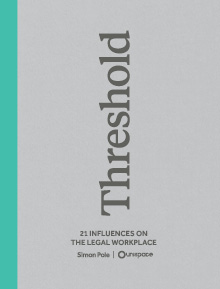 More like this – but much deeper?
More like this – but much deeper?
The 200 page book details all you need to know about current and future trends for your legal workplace and includes topics such as: AI, generations in the workplace, talent acquisition, work styles, client experience, and more.
